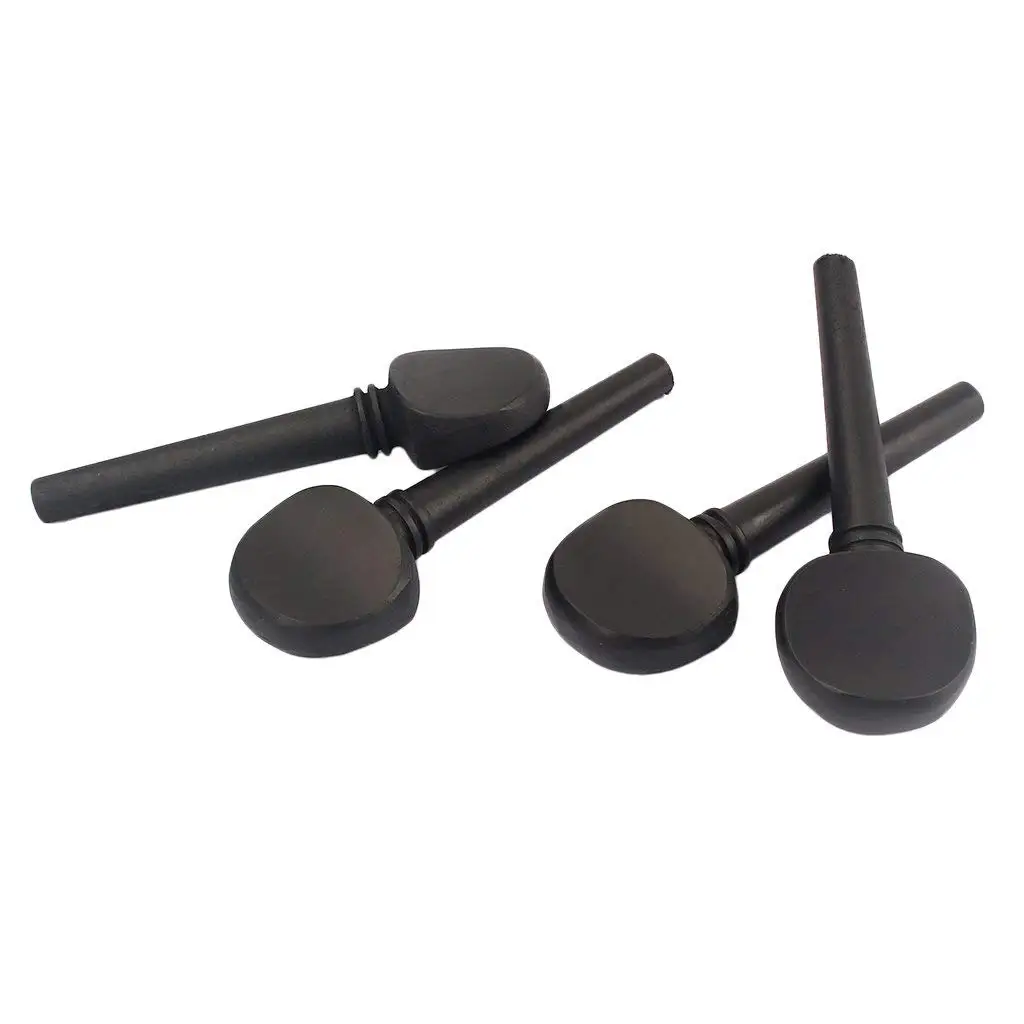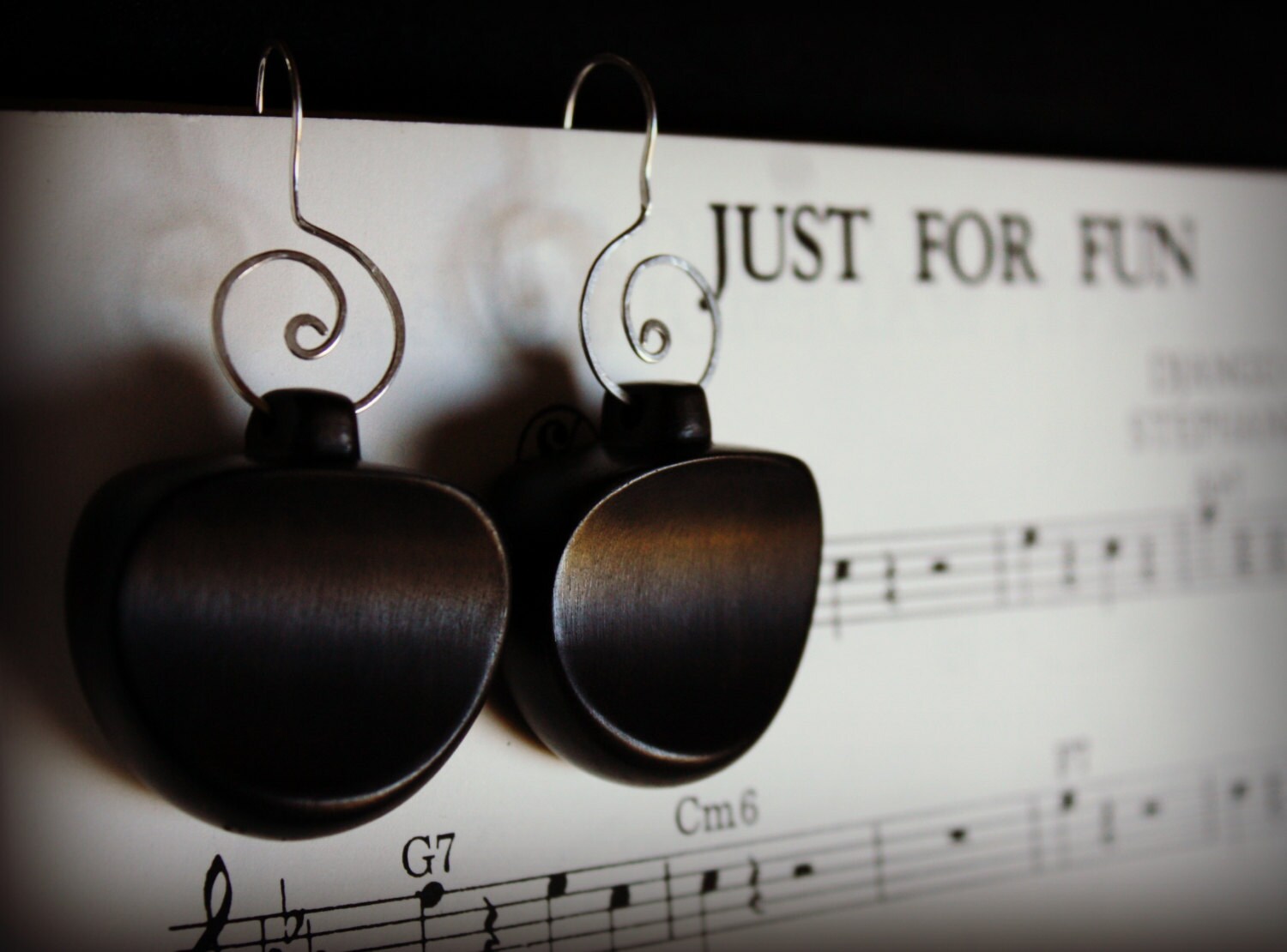
Violin,Viola & Cello Pegs - Tips for a Peaceful Co.Music Stands- The Wood, The Bad or The Ugly.With time, experience, and practice, it will all come more easily. It's better to ask for help than to break your instrument. Still having trouble? Find someone to help! If you are new at tuning pegs do not try to force your instrument to do anything. Applying standard blackboard chalk to the pegs in the same manner as described for the Hill Peg Compound will usually fix the problem. The pegs will acquire a mind of their own and slip down in pitch or loosen completely because not enough friction is there. If the environment becomes cold or dry, then the wood in your instrument might shrink. Continue to do this same routine with each peg that is sticking. Tuning with pegs is a much trickier art and is usually where problems occur (like a broken string or slipping peg that won’t stay). Do not take all the strings off at one time - you run the risk of having the soundpost fall. If your string is REALLY out of tune, you will have to use the pegs up at the top of the cello to fix it. Take the peg out of the hole again, wipe off any excess peg compound, and put the peg back into place.ĥ.Attach the string to the peg and re-tune that string to proper pitch.ĭo this one peg at a time.

Put a small amount of Hill Peg Compound on the shiny area.ģ.Put the peg back into the pegbox and turn the peg a few times.Ĥ. That way, if the bridge happens to fall, you will be protecting the top of your instrument).Ģ.You will see that the peg is shiny where it contacts the pegbox. (You might want to place a folded piece of cardboard or a small piece of foam under the tailpiece when you do this. Is to apply Hill Peg Compound ("peg dope") to the pegs where they meet the pegbox wall.ġ.Unwind one string completely, remove it from the peg, and take the peg out of the pegbox. This results in what we call "sticky" pegs. If the environment is humid, the wood in your instrument will expand, which can make it harder for you to move your pegs. This has a major effect on the pegs because they are held in only by friction. Cello pegs old and new Traditional wooden pegs were originally designed for use with gut strings. When the environment your instrument is in changes, be it due to the weather or things such as hot stage lights or drier air from heating and/or air conditioning, the wood of your instrument is slightly expanding and shrinking. The scroll from breaking and makes it easier for you to turn and properly seat the pegs.

For example: If you are tuning the A string on a violin, make sure your left palm is applying pressure to the pegs of the G and D strings. This means supporting the opposite side of the scroll when you are turning and applying pressure to a tuning peg. Having trouble with your pegs? Here are some tips that might help, whatever the problem is!īe sure you are applying even pressure on the scroll. Written by Andy Fein, luthier at Fein Violins,


 0 kommentar(er)
0 kommentar(er)
